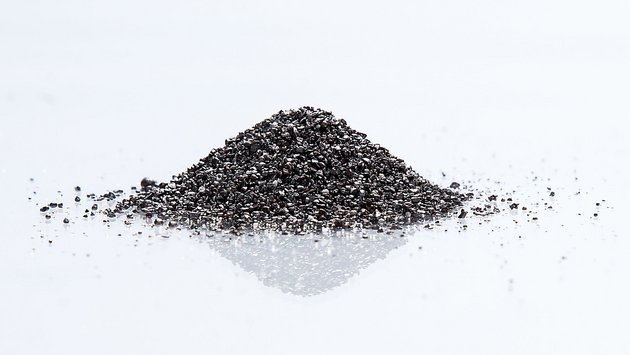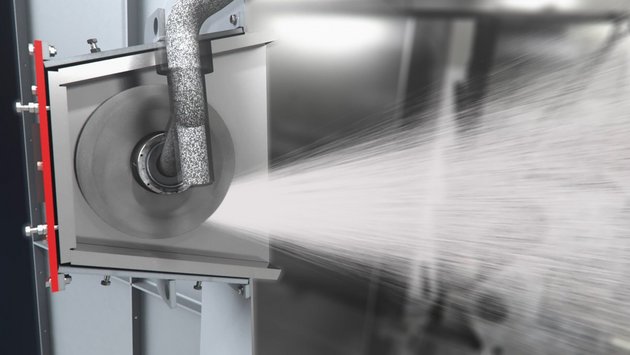
Structural Steel FAQ, Part 6 – Blast Media’s Influence on the Steel Surface Profile
, Matthew Wesner - Torna alla panoramica
Shot blast media characteristics, including type, shape, size, hardness, and impact velocity and angle, greatly affect shot blasting equipment's ability to achieve results.
The surface profile created by shot blasting depends entirely on the blast media and the way it is handled. The right media selection and equipment operating parameters are critical for the surface quality of structural steel components being prepared for paint coating.
While mineral abrasives play a role in certain air blast applications, the lion’s share of industrial surface preparation is done in highly mechanized turbine blast machines utilizing steel media.
Rosler has decades of experience in the turbine blasting field. Through the years, we’ve used and evaluated all kinds of media and the resulting roughness or lack thereof.
This installment of our Structural Steel FAQ series will answer: What influence does metallic blast media have on the surface profile of structural steel?
Types and Shape

Steel shot and grit differ in shape, appearance, and profile results.
Shot has a spherical shape similar to small pellets and creates a relatively smooth, more homogeneous surface profile compared to steel grit.
Composed of angular, randomly shaped pieces, steel grit shards create a coarser surface blast media profile and an overall increased surface area compared to steel shot.
Generally, grit creates a rougher surface profile with more peaks and valleys than shot with the same grain size. Grit also enlarges the surface area more than shot.
Size of Media

Steel shot and grit are available in different sizes. Grain sizes vary from about .004 in (0.1 mm) up to nearly 0.1 in (3 mm”).
The size ranges based on the type of media are as follows:
- Steel shot: S 70 – S 780 (0.1 –8 mm)
- Steel grit: G 120 – G 10 (0.1 –8 mm)
The most common media sizes for steel surface preparation are:
- Steel shot: S 230 ‐ S 390
- Steel grit: G 16 ‐ G 50
Bigger grain sizes create a deeper surface profile than smaller grain sizes as demonstrated by the following:
- Rz (S 230) = about 2.2 mills (55 µ)
- Rz (S 390) = about 3.5 mills (88 µ)
Media Hardness
Steel media comes in different grades of hardness as well. The harder the media, the deeper the surface profile created will be.
Steel grit ranges from 40 – 65 HRC, while steel shot ranges from 40 – 51 HRC.
Impact Velocity and Angle

Turbine blast machines can accelerate media to a speed of 150-350 ft (46-91 m) per second. Higher impact speeds create deeper surface profiles.
The angle of impact also creates varying results as well. The biggest profile depth is achieved when the media hits the work piece surface at an angle of 90 degrees.
At an impact angle of 45 degrees, the media loses about 20% of its kinetic energy, thus creating less profile depth.
Media Selection

Selection of media type and size depends on two main factors: the initial surface condition (rust grade) and the type of coating to be applied.
For a steel surface with a rust grade of A or B and the application of a pre-fabrication media selection primer such as a primed H-beam, steel shot S 230 or S 280 will be more than adequate.
A steel surface with rust grade C or D requiring an ultra-high build coating (UHB) such as a storage tank, the most suitable blast media will be steel grit size G 16 or G 18.
